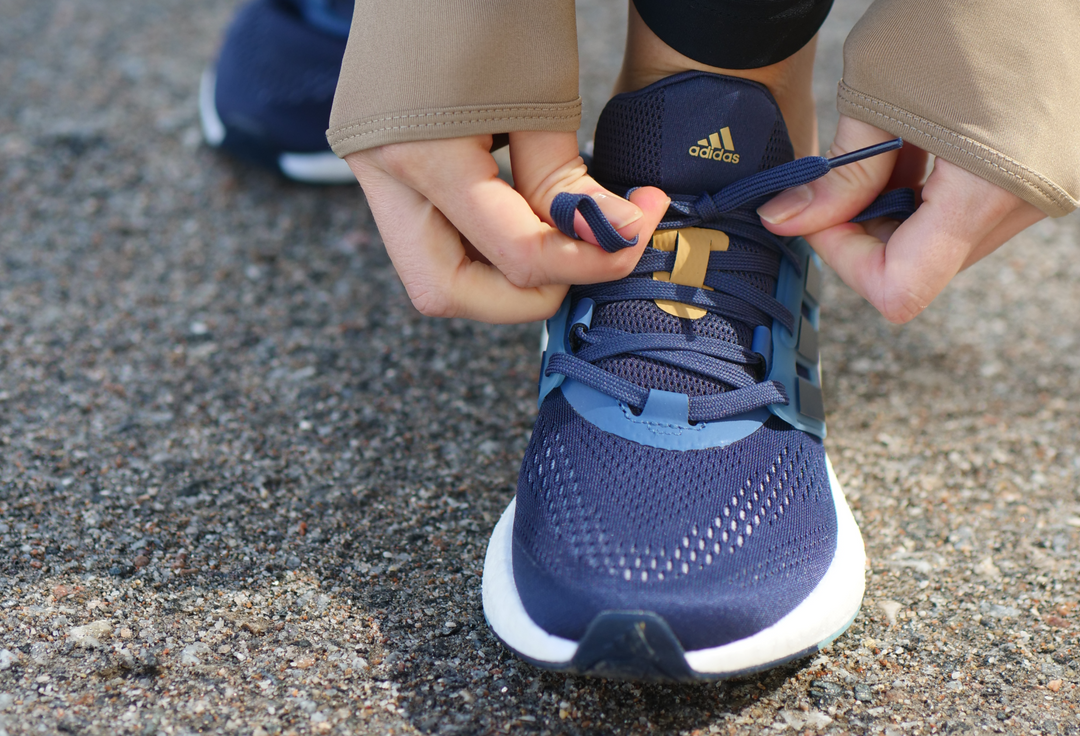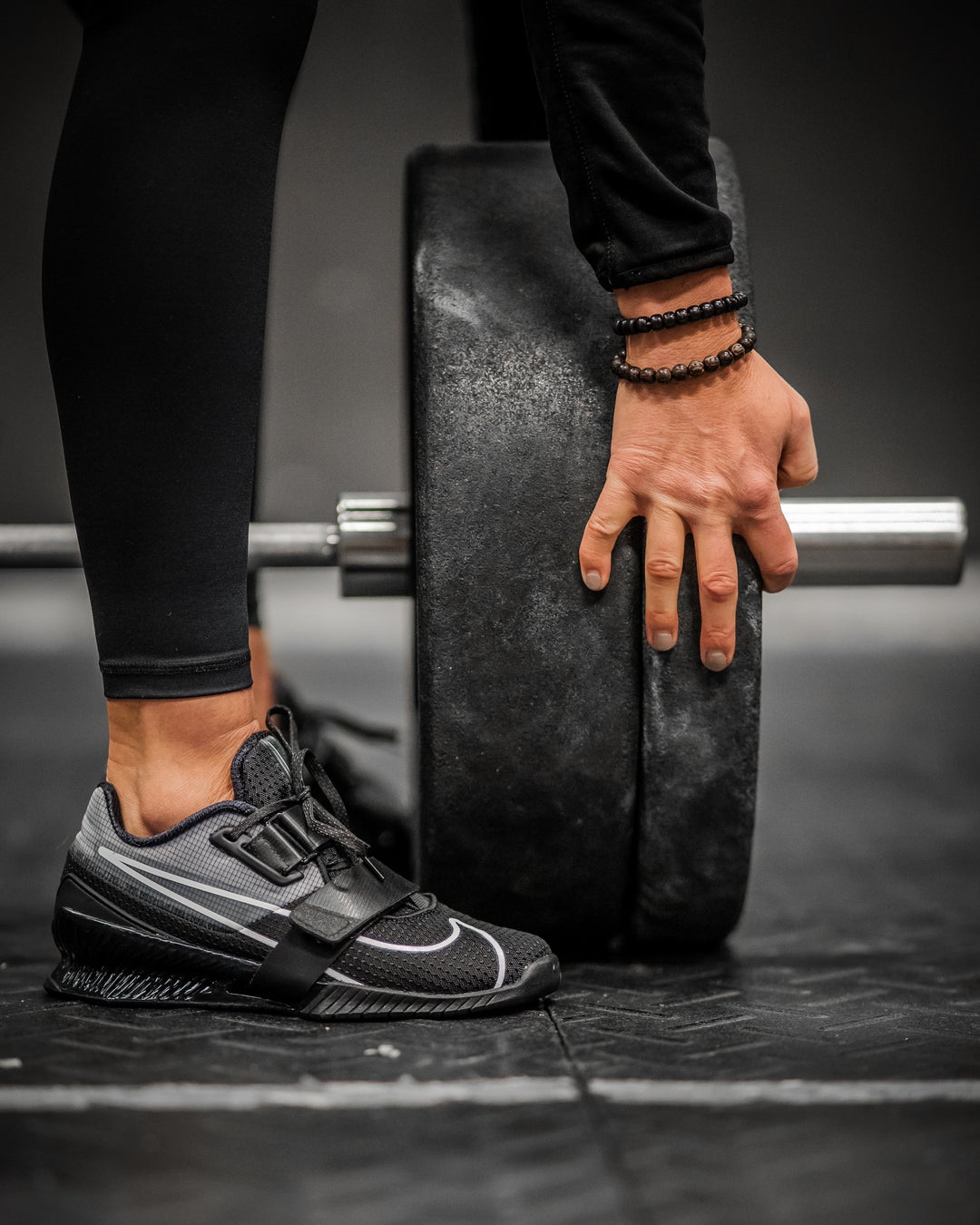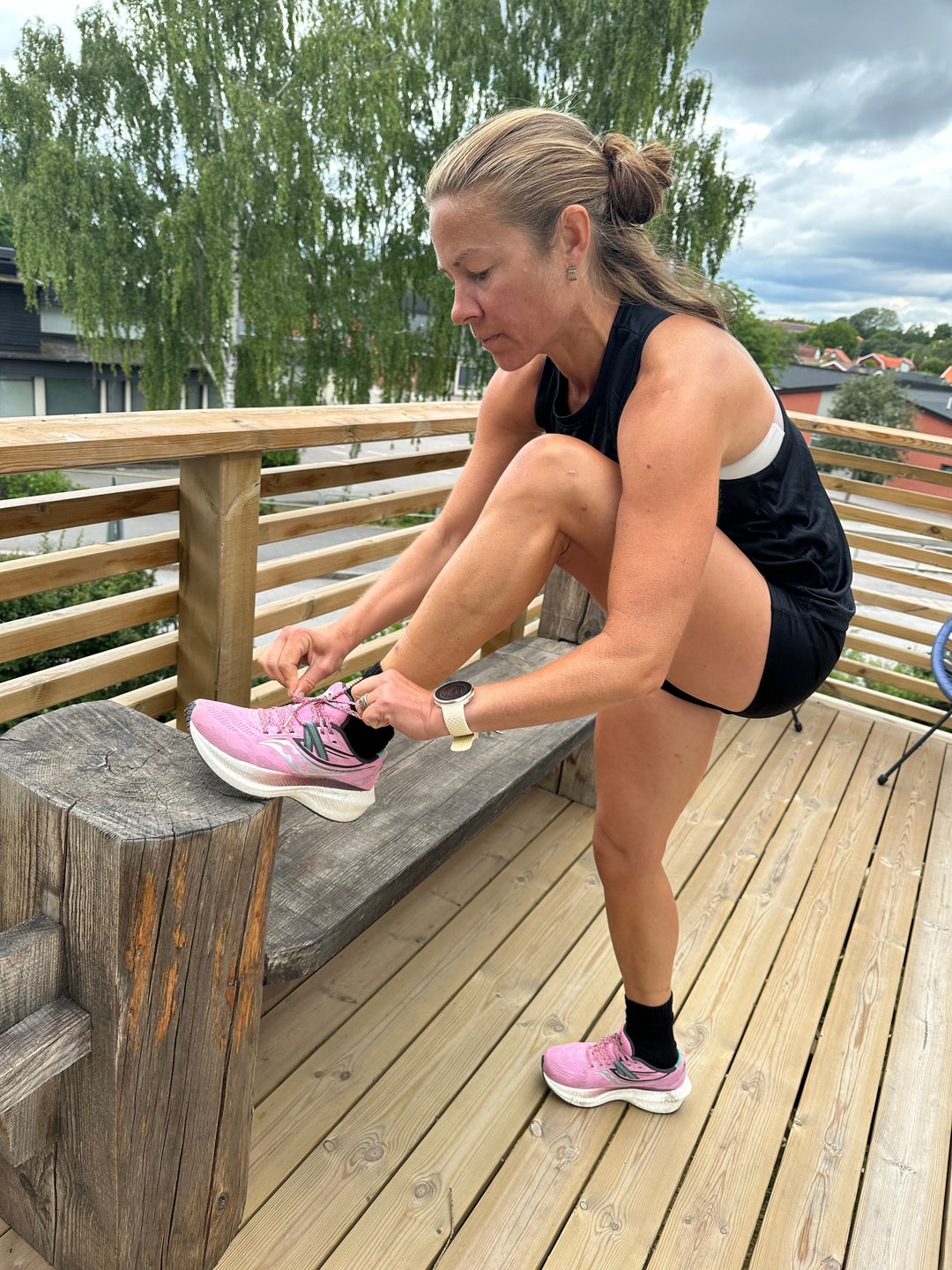5 exercises for people with back pain
Back pain from working at home? Here are the chiropractor's best tips!
Isolation, quarantine and gym closures due to the coronavirus have been going on for a few weeks - and maybe you're feeling it in your body.
- "We have definitely noticed that more people than before have pain in their backs, shoulders and necks since the recommendations to work at home came," says doctor of chiropractic Niklas Hollerup at The Clinic in Malmö.
Why is it that so many people have back pain now?
- In an office environment, many have better ergonomic conditions with height-adjustable tables, adjustable chairs and large screens than they have at home. Many people also don't do as much strength training as they used to during the lockdown period, which also contributes. This problem will only get bigger and bigger the longer we are in quarantine," says Niklas Hollerup.
What advice do you have for those who work from home and get back pain when sitting down in front of the computer?
- Vary the position you have when you work. Have at least four different ones in the morning and four different ones in the afternoon. Vary between standing at the bookshelf, sitting on the floor, lying on your stomach and sitting at the kitchen table. Switch often and don't get stuck in a static position. If you're working in front of a laptop, try to keep it slightly elevated, for example by placing it on some books or a shoebox, as this takes a lot of pressure off the thoracic, lumbar and neck regions. Take breaks if you're working at home, the thought process is less efficient if you're just sitting inside than when you get out and move around.
How should I think about exercise during quarantine?
- Just because you can't go to the gym, don't become inactive. Your body needs movement every day! My advice is to walk a lot, try to adapt so that you don't walk in crowded places. At a time when many people get too little social stimulation, are worried about the outside world and loved ones, are stressed because they leaveras from work and so on, walking is also good for the mental part. Fifteen minutes is better than nothing. Many people run more than they usually do, do yoga at home and do home workouts, which is great. Find inspiration online or in apps if you need it.
Many people wake up in the morning with body pain. Why does my back hurt?
- It is a clear sign that you have inflammation or irritation in your body.
If I have back pain, where should I go?
- To a chiropractor, naprapath or physiotherapist. Having back pain is not good, because after a while the body will try to adapt and the problem may move or get worse. View recurring stiffness, pain and fatigue in the body as a silent alarm from the body that something is wrong. Don't wait until that alarm gets louder in the form of acute neck pain, tension headaches, dizziness, back pain or tingling in the hands," says Niklas Hollerup and continues:
- "People stay at home to reduce the risk of getting sick, even if they are not at risk. But then you risk muscle and joint pain instead. You may succeed in avoiding corona, but your body will be in a lot of pain instead. I think many people will have major problems in May and June if the situation continues like this.
Is it dangerous if my back hurts when I breathe deeply?
- It is usually not dangerous, but is often due to muscular tension in the thoracic spine or a rib lock. It may stab or feel uncomfortable when you breathe in, radiate into your arm or feel a little heavy to breathe. You can get it if you sit on a chair that doesn't provide enough back support or if you sit and work on a soft sofa. Then it is important to try to increase the mobility of the thoracic spine by stretching, using a foam roller or trigger point ball. The thoracic spine should be the most mobile part of the back, but often gets far too little love, which can also cause problems in the neck and lumbar spine.
5 exercises for back pain
Back pain? You can do this yourself! Leg. Physiotherapist Anna Ståhl at The Clinic shows you.
-
Cat & Cow
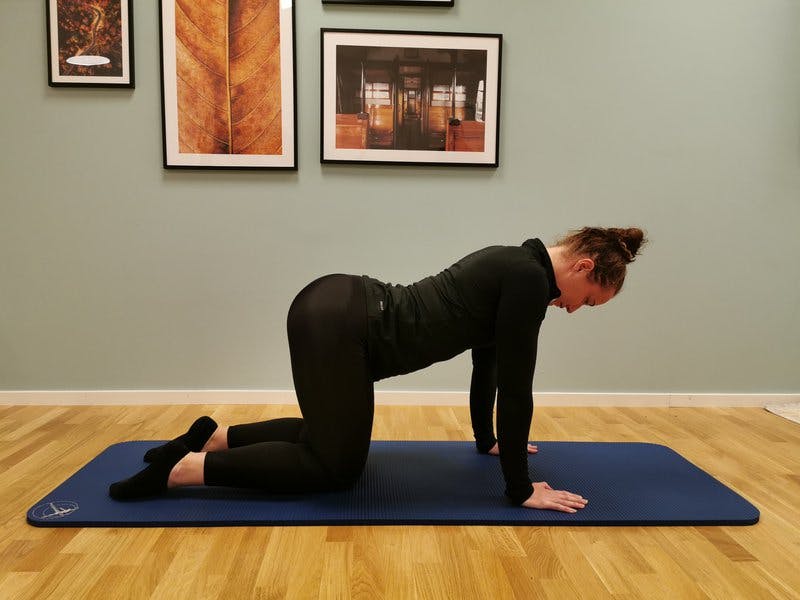 Step 1: Stand on all fours with your knees under your hips and your hands under your shoulders. Sway on the inhale.
Step 1: Stand on all fours with your knees under your hips and your hands under your shoulders. Sway on the inhale.
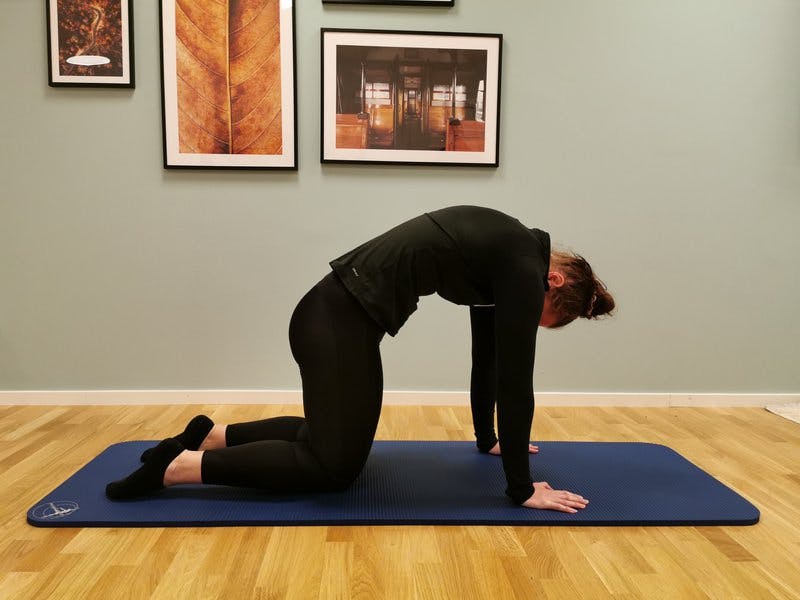 Step 2: Push your back up like a cat traveling ragg on exhale. Feel each vertebra in your thoracic spine and do the exercise slowly.
Step 2: Push your back up like a cat traveling ragg on exhale. Feel each vertebra in your thoracic spine and do the exercise slowly.
-
Reclining seat stretch
 Sit down and cross one leg over the other. Then lie down on your back and pull your leg towards your body. If you are an old soccer player, you have probably done this stretch many times, and it still works!
Sit down and cross one leg over the other. Then lie down on your back and pull your leg towards your body. If you are an old soccer player, you have probably done this stretch many times, and it still works!
-
The pigeon
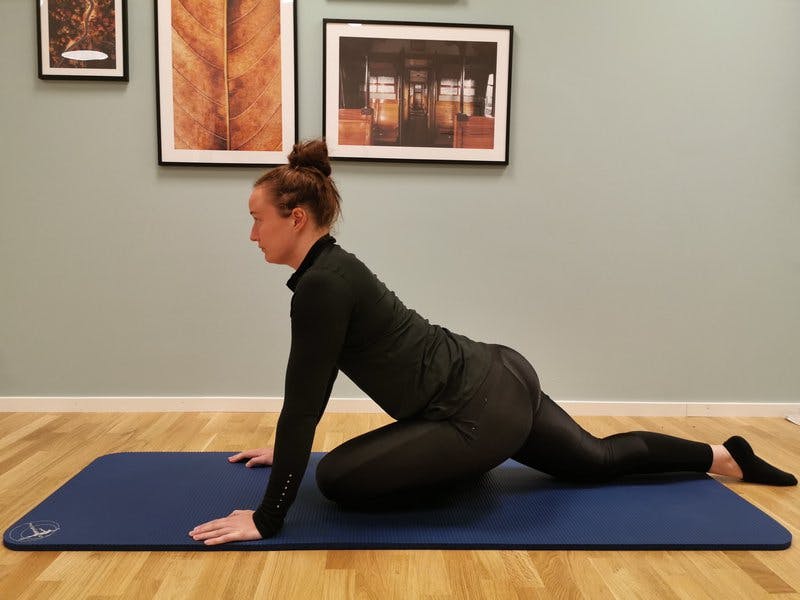 Step 1: A classic "pigeon" as they say in the yoga world works wonders! The front leg can be 90 degrees or more folded against the body, feel what feels good for you.
Step 1: A classic "pigeon" as they say in the yoga world works wonders! The front leg can be 90 degrees or more folded against the body, feel what feels good for you.
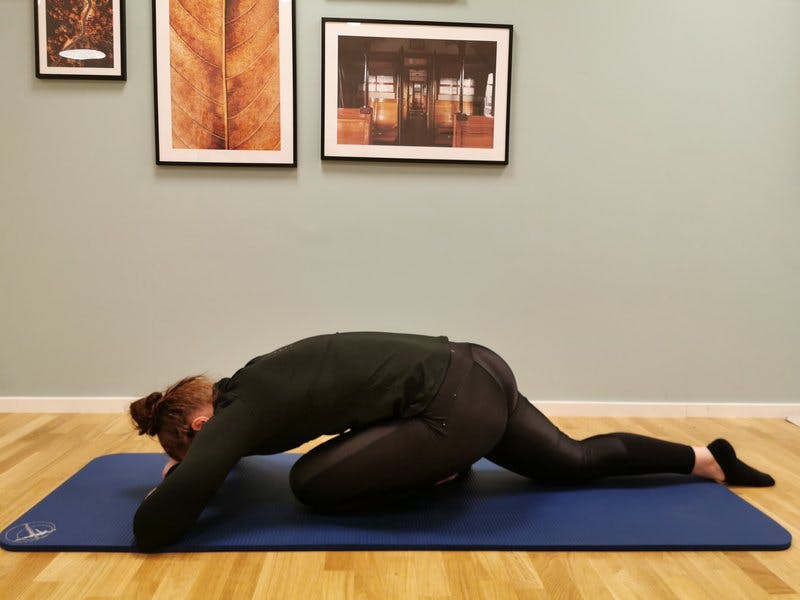 Step 2: If you have good mobility in the hips, you can melt down with your upper body over the pigeon, to get extra honey to the hips. Take a few deep breaths here. Come out of the position gently.
Step 2: If you have good mobility in the hips, you can melt down with your upper body over the pigeon, to get extra honey to the hips. Take a few deep breaths here. Come out of the position gently.
-
Universal twist
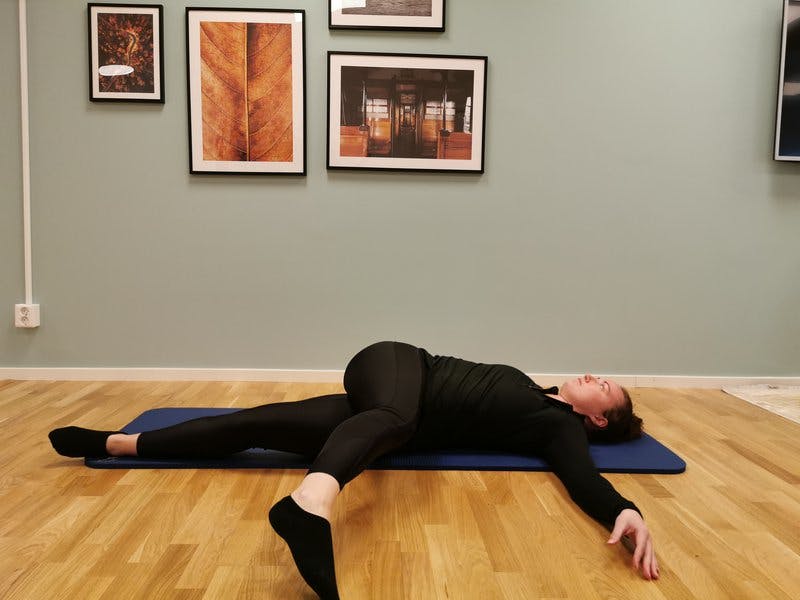 Lying on your back, pull one knee up towards your chest and then fold to the opposite side. Experiment with moving your hips so that you can find the most relaxed position possible. Imagine that you want both shoulders on the floor. Give your body some time in this rotation and you will get deeper into it.
Lying on your back, pull one knee up towards your chest and then fold to the opposite side. Experiment with moving your hips so that you can find the most relaxed position possible. Imagine that you want both shoulders on the floor. Give your body some time in this rotation and you will get deeper into it.
-
Static hip flexor stretch
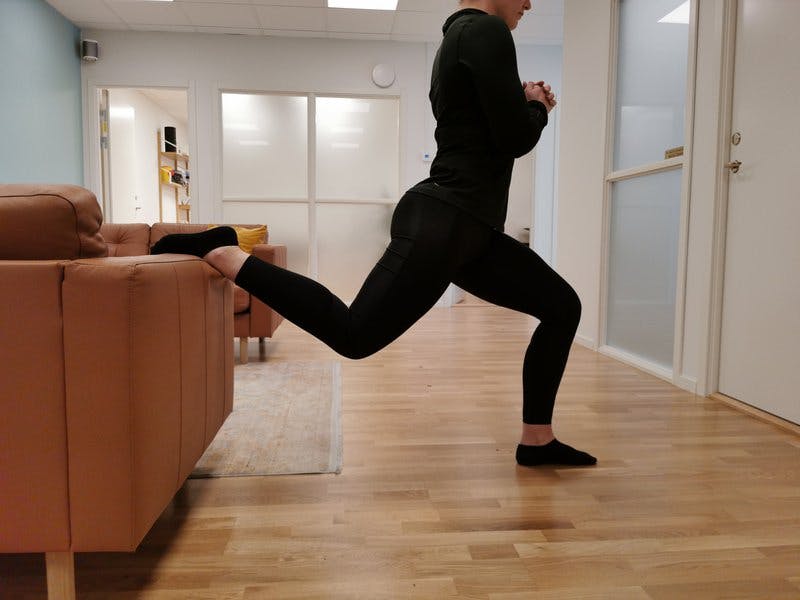 Place one foot on the couch or a kitchen chair. Jump forward a little with the other leg and sink down. This stretch extends the hip flexor, which gets short if you sit down a lot.
Place one foot on the couch or a kitchen chair. Jump forward a little with the other leg and sink down. This stretch extends the hip flexor, which gets short if you sit down a lot.
SHOP HERE: Where to find home exercise equipment
READ MORE: Expert: How to keep your routine during isolation




